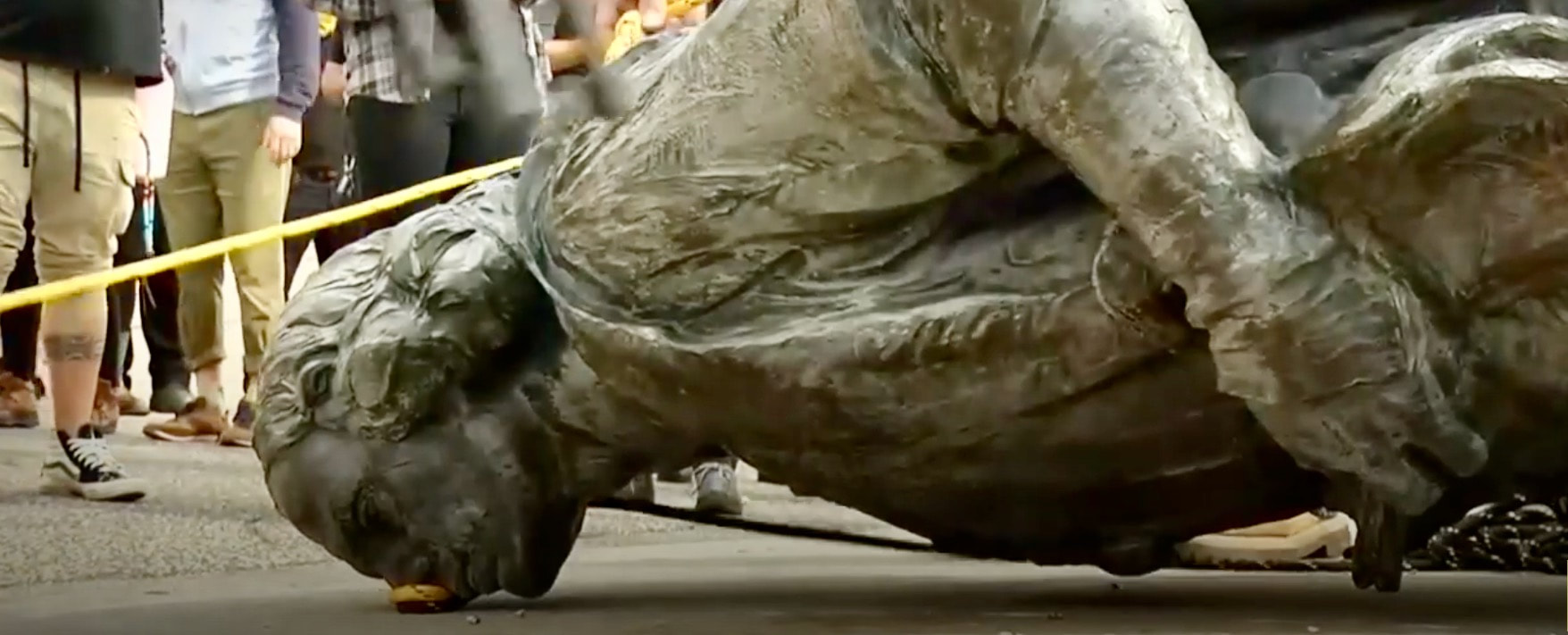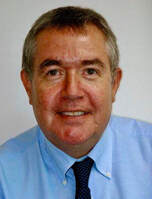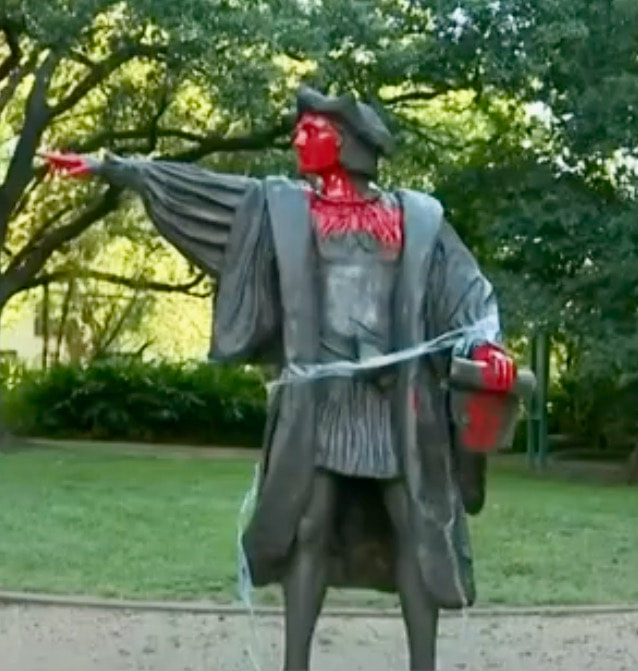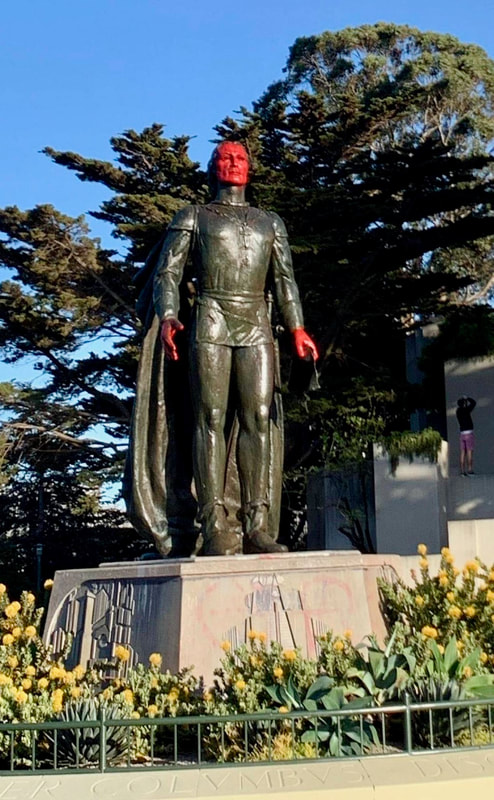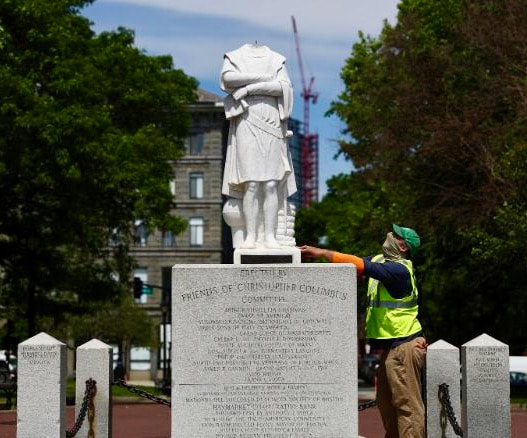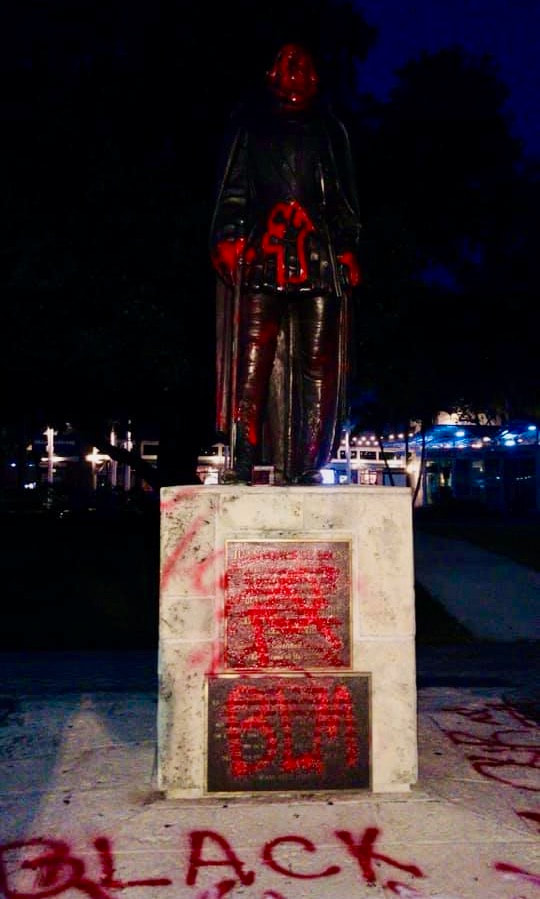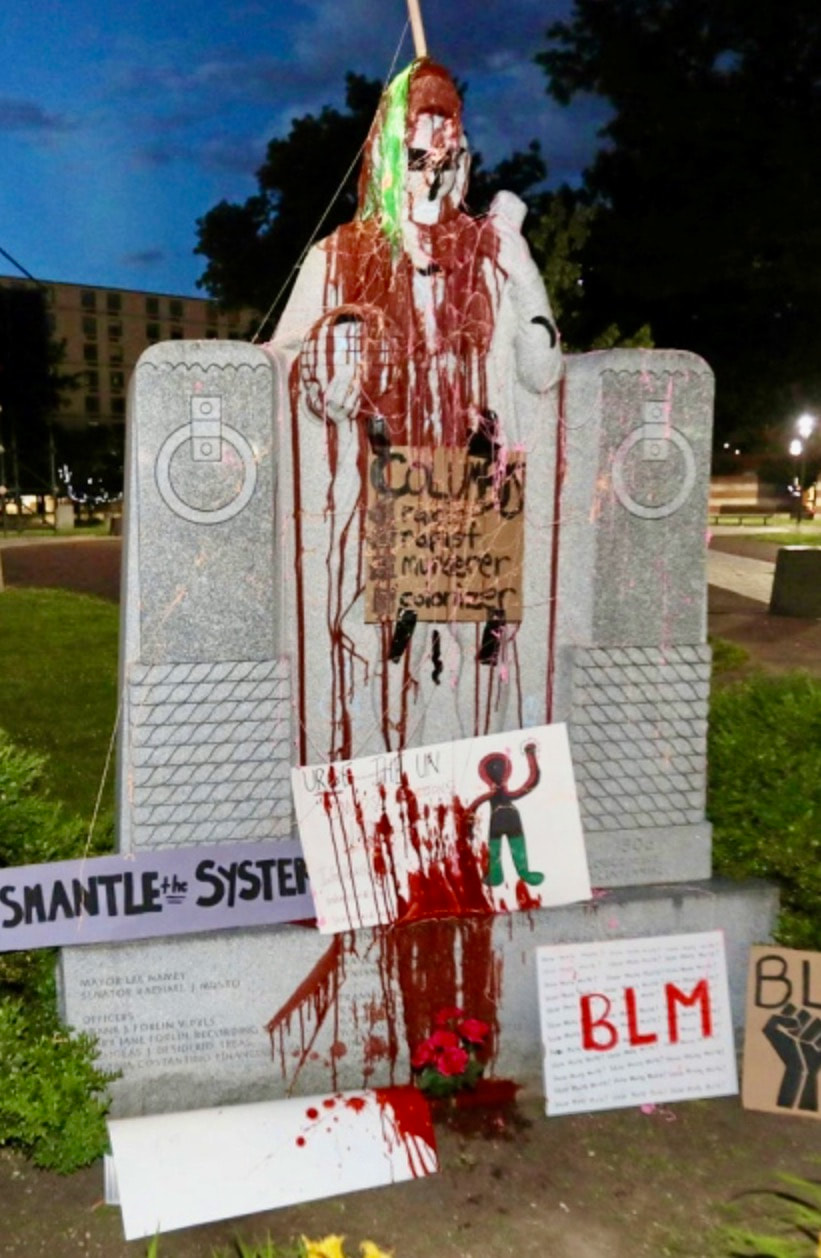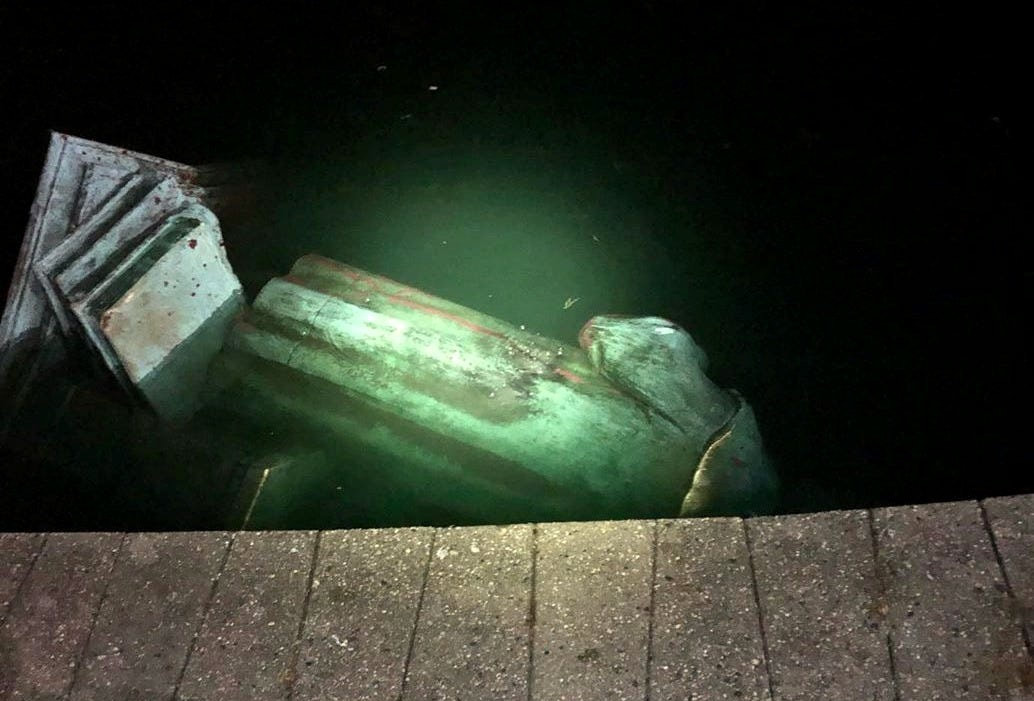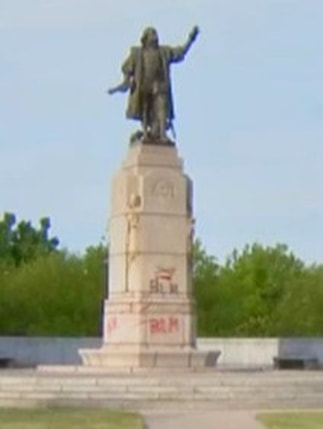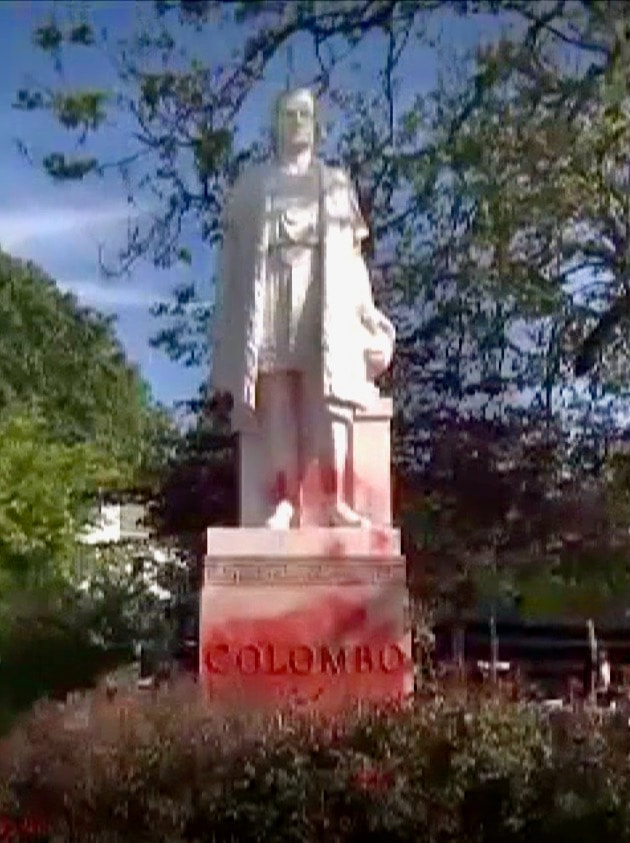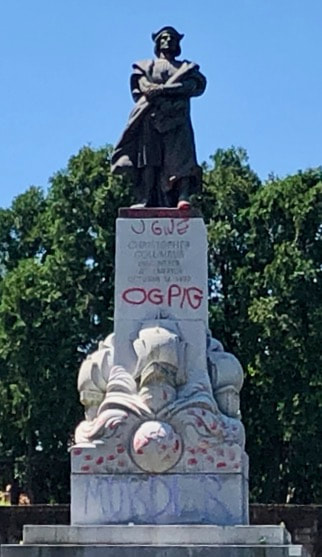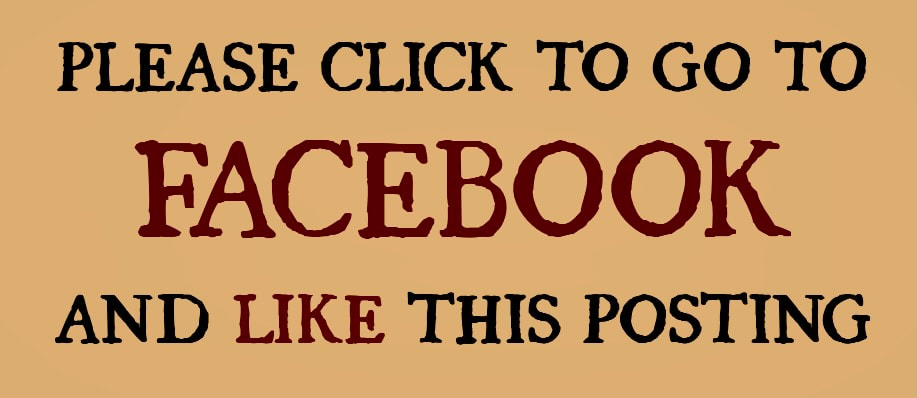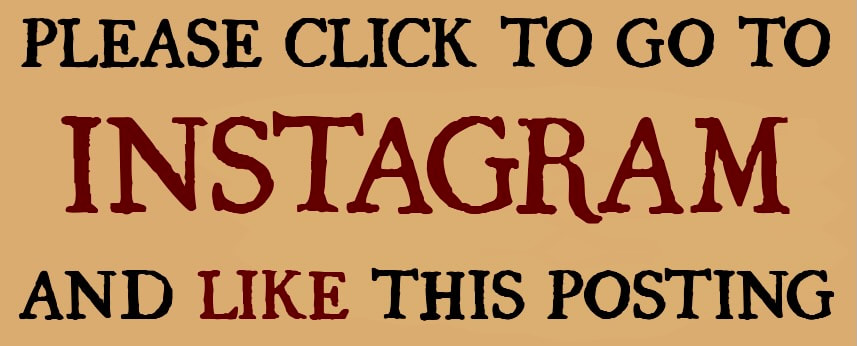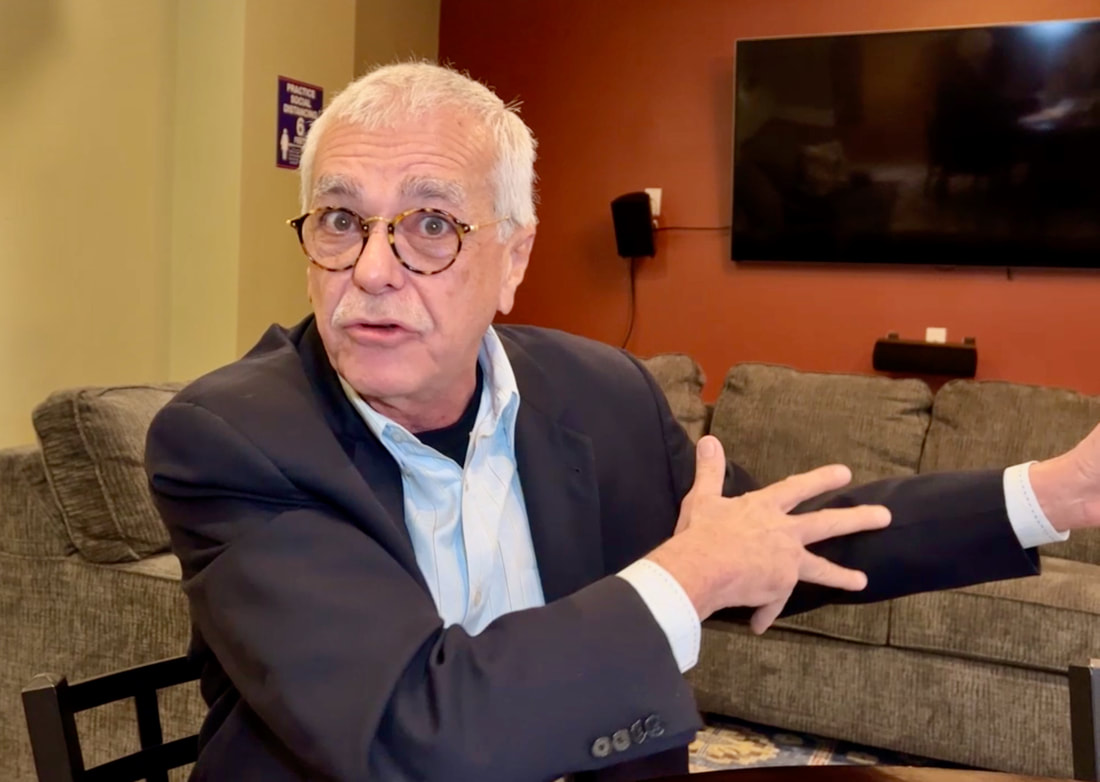The physical annihilation of historyBy Rafael Prieto Zartha
I am enraged and desolate with the vandalism on the statues of Christopher Columbus and other explorers who ventured into America on behalf of Spain, in this time of mobilizations and historical revisionism. The sculptures have been decapitated, taken from their bases with bows and chains, some have been drowned by the barbarians and others painted with colorful varnish in a disrespectful manner. I share the pain I understand the injustices that have been committed against African Americans in the history of the United States. I understand that the horrendous murder of George Floyd has sparked the outrage that stresses that black lives matter. I support the removal of the statues of the Confederate military that fought to maintain slavery and the change of names of the military bases with which they were honored. Thousands of people of African descent have passed through these forts without any consideration for the implicit offense of which they were and have been victims. But, historical revisionism is out of perspective. My DNA Last year my DNA was analyzed through my saliva and I was found to be 59 percent of European origin, 37 percent Native American, 3 percent African and 1 percent from the Middle East. How can I deny and reject some component of the blood that runs through my veins? Spain I am very proud of my Spanish origin and independently of the historical judgment that is now made of Columbus and his travels, the admiral unquestionably starred in a feat that changed the world forever. Until January 3, 1492, Spain was the subject of eight centuries of Arab domination. Only 282 days later, with the arrival of Columbus in America, the Spanish started the most powerful empire in the world of that time. When Carlos I of Spain and V of the Holy Roman Empire occupied the throne, he ruled Germany, the Netherlands, portions of northern and southern Italy. When he gathered representatives of European countries, he said "so for we all understand each other, let’s speak Spanish." The Spanish Empire was about to last 400 years and also reached land in the Pacific, Asia and Africa. Here in America, the Spanish brought the printing press, the universities, and that beautiful adobe architecture, with wooden balconies and clay tiles that are erected from the missions in California to the villages of the Argentine Andes. They also bequeathed us the language, which unites us and which has fed me all my life. Would it be okay for me to deny my ancestors and go out with an ax to destroy the reminder of his decision to participate on the American adventure? My indigenous origin Likewise, I am proud of my indigenous blood, which has its roots in the Colombian Andes, and another link with the Yucatan peninsula, so I am of Mexican descent. Who can deny the greatness of the Aztecs, Mayans, and Incas? However, what would happen if there was an initiative to do historical revisionism on the main Amerindian civilizations. Would it be alright if the pyramids or a place like Machu Picchu were vandalized, because the Aztecs sacrifice up to 20 thousand people in sporadic ceremonies to offer them to their gods and the Incas virulently imposed themselves by weapons to dominate the territory that extended from Chile to the south of Colombia? The Mayan and Aztec illustrations themselves show the extraction of the hearts with the hands, the throwing of the sacrificed members of tribes subjected by the stairs and the blood staining the buildings. Something was remembered in the movie Apocalypto, but it must be understood that Mesoamericans and Andeans before 1492 had their own customs and were people of their time as was Columbus. So it would never occur to me to go to the Museum of Anthropology in Mexico City to destroy the Aztec Calendar with a hammer or to appear in Cusco with sticks of dynamite to pulverize the massive stone walls erected by the descendants of Manco Cápac and Mama Ocllo. The macabre business On my African ancestors also historical revisionism would be brutal and terrifying with the royalty of Sub-Saharan Africa, which for centuries captured and sold its subjects, as animals, to the slave traders of Portugal, France, England, Spain, the Netherlands and Denmark. The African monarchs themselves became immensely rich and were complicit in the slave trade that was experienced in the United States, Latin America, and the Caribbean. Really, who is free of guilt who cast the first stone? The Bamyan Buddhas Humanity cannot act like the savage Taliban, who in their revisionist eagerness to erase the past, in 2001 using cannons demolished the monumental Bamyan Buddhas, which had been carved out of the stone of a mountain in the sixth century. Let us have the moral maturity to assume history with responsibly, inform ourselves of the facts, and not literally become beasts. |
La aniquilación física
|
- HOME
- ABOUT US/QUIENES SOMOS
- CHAPTERS/CAPITULOS
- EN ESPAÑOL
- ON FACEBOOK
- IN THE NEWS/NOTICIAS
- ACCOLADES/ELOGIOS
- VIDEO LECTURES/CHARLAS
- MIGUELPEREZ.COM
- MY STUDENTS
- ABOUT MIGUEL
- SOBRE MIGUEL
- VIDEOS WE LIKE
- CONTACT US/CONTÁCTENOS
- THE HISPANIC AMERICAN HISTORY MUSEUM
- NYC HISPANIC LANDMARKS
- NYC HISPANIC ART
- TIMELINE/CRONOLOGIA
- WE MADE IT HAPPEN!
- THE GREAT TOUR/LA GRAN GIRA
- CALIFORNIA ROAD TRIP
- ON THE ROAD AGAIN
- EN EL CAMINO OTRA VEZ
- Explorando Nuevo Mexico
- Exploring New Mexico
- MY NEW ROAD TRIP

